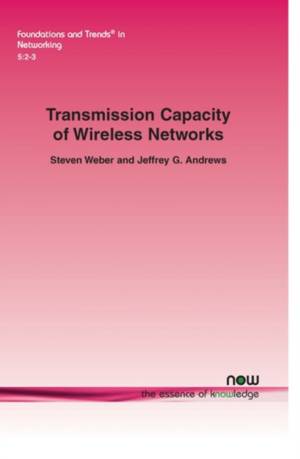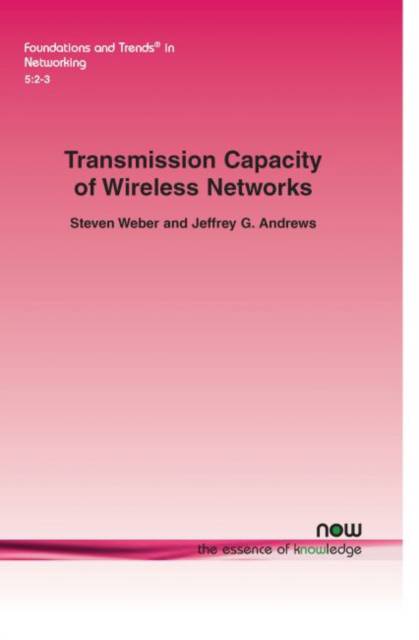
- Afhalen na 1 uur in een winkel met voorraad
- Gratis thuislevering in België vanaf € 30
- Ruim aanbod met 7 miljoen producten
- Afhalen na 1 uur in een winkel met voorraad
- Gratis thuislevering in België vanaf € 30
- Ruim aanbod met 7 miljoen producten
Zoeken
Omschrijving
Presents a framework for computing the outage probability (OP) and transmission capacity (TC) in a wireless network. This volume gives a unified treatment of the TC framework that has been developed by the authors and their collaborators over the past decade.
Specificaties
Betrokkenen
- Auteur(s):
- Uitgeverij:
Inhoud
- Aantal bladzijden:
- 186
- Reeks:
Eigenschappen
- Productcode (EAN):
- 9781601985187
- Verschijningsdatum:
- 13/01/2012
- Uitvoering:
- Paperback
- Afmetingen:
- 155 mm x 234 mm
- Gewicht:
- 282 g

Alleen bij Standaard Boekhandel
+ 231 punten op je klantenkaart van Standaard Boekhandel
Beoordelingen
We publiceren alleen reviews die voldoen aan de voorwaarden voor reviews. Bekijk onze voorwaarden voor reviews.








